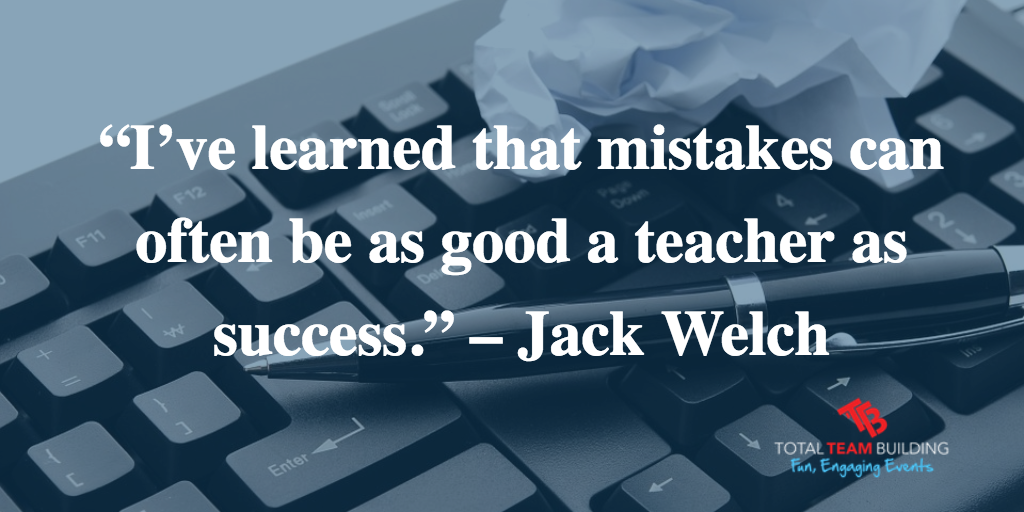How to Encourage Creativity in a Team
Creativity is one of the essential things for a modern workplace environment, but the creative process is not necessarily natural for everyone. There are things you as the team leader can do to make creativity a larger priority and an encouraged trait in your team environment.

Benefits Of A Creative Team
When you can form a team environment where creativity is given a priority, you’ll find that employees are more satisfied with the work they’re doing. You might also see your company becoming more competitive as you and your team find new solutions rather than doing the same things over and over.
Creativity is necessary in all work places. While it might not seem like an asset in some of the more mundane areas of work, there are undoubtedly some creative solutions which could impact even those working activities as well. A good, creative solution makes the same work easier or does some other business activity in a new, more effective manner.
What’s Hindering Workplace Creativity?
There are a lot of things that can stand in the way of a creative atmosphere. Work is not normally the place that many people would say they feel the most creative. Research on this topic has found a fairly consistent set of results. Take, for example, a 2013 Gallup study done in American workplaces. Results of the study found a few interesting things that relate to creativity:
- 70% of employees feel they have too much on-the-job stress
- Less than half of employees do not feel particularly secure in their jobs
- Only 33% of employees were completely satisfied with their chances for promotion

All of these factors tie into workplace creativity in one way or another. Excessive levels of stress at work will make employees shut down and do their best, but it won’t encourage creative thinking. Stress sometimes causes people to work harder, but too much stress reduces productivity and kills creativity entirely.
Job security is necessary if employees are to come up with creative ideas for the business. If any employee does not feel secure in their job, they will be completely unwilling to take risks. Creative ideas almost always require some level of risk. When there is a chance of an employee being replaced, their top priority becomes doing their regular work, not coming up with new and risky ideas that might lose them their job.
Without the powerful motivational force that is a chance at improving yourself, most employees will be less willing to put in the time and effort to be creative. Creativity can be hard, and it might take a long process to get the best ideas and start implementing them. If there is no way to move up from their current position to a better place in the future, few employees are going to be willing to put in that kind of time and effort.

How To Encourage Creativity
Now that some of the main hindrances to creativity are clear, what can be done to promote it and foster a sense of creativity in your working team? Here are a few of the most important things to do if you want to make your working team more creative:
- Eliminate Idea Criticism
The creative mind does not always offer the best solutions on the first try. Sometimes it takes a dozen silly ideas before one fantastic idea can emerge. If this is the case, it’s important that you don’t criticize the flow of ideas coming from your team. You may decline to implement them, but do not down-talk employees for their ideas or negatively criticize their way of thinking about an issue.
- Reward Creative Risks
Rewarding creative solutions and good ideas is a sure way to make others more interested in being creative. If employees see their fellow team members getting a desirable reward they might become more interested in earning on for themselves by contributing creative ideas. Some ideas for rewards are public recognition, acknowledgement of a good job done, small monetary compensation (gift cards or sometime similarly inexpensive), a personal trophy of any type, or a thank you card signed by employees and management.
- Put Idea Generation Tasks on the Agenda
Don’t spend all your working hours doing normal working activities. Make sure your team does at least a few hours of creative thinking and idea generation each week to break up the monotony. This includes activities like brainstorming/brainwriting, problem solving, or any other methods that you find are effective for your unique team. Focus on what works for those individuals. If you force an idea generation task that people hate, you are not likely to get good results from the time spent.
- Open Up the Working Space
It’s been shown that open working spaces make employees more collaborative and overall more creative. Collaboration can usually lead to creativity, as diverse minds working together can come up with their own unique solutions to the same problems.
If your team works in their own individual cubicles or stays in a cluttered up office space, try to open it up and make it a clean, relaxing environment where people feel more at ease and closer together. Giving employees a sense of closeness to one another is a great way to encourage them to be creative.
- Take Part in the Creativity
If you are the team manager or the leader, you need to also contribute to the creative process. Yes, it’s good to allow your employees the chance to shine and to take the lead, but that doesn’t excuse you from also participating in these creative activities. Lead by example if you want to have a more permanent impact on your team members.
Putting In Sustainable Efforts
Just as you’re looking to encourage creativity, you will also need to be creative in how you apply the above steps. Depending on your unique team, you may or may not be able to continue doing the same things and expecting new results. Over time, you creative processes may need to change in order for new creative ideas to be formed.
Don’t be afraid to use your own creativity as a leader and come up with a new way to draw new ideas from your team!
Have you ever thought of doing a creative based team building event?
Total Team Building specialise in teams…we facilitate a range of creativity and innovation based team building activities such as bridging the gap, raw canvas and let’s get cooking designed to enhance your employees creative side. For more information about how Total Team Building can help you contact us today.



